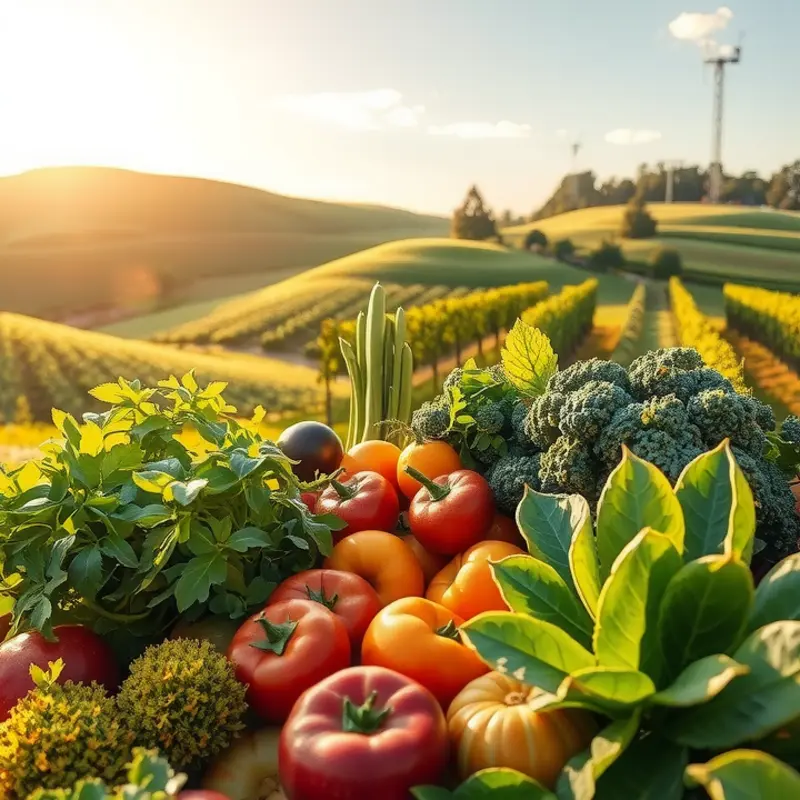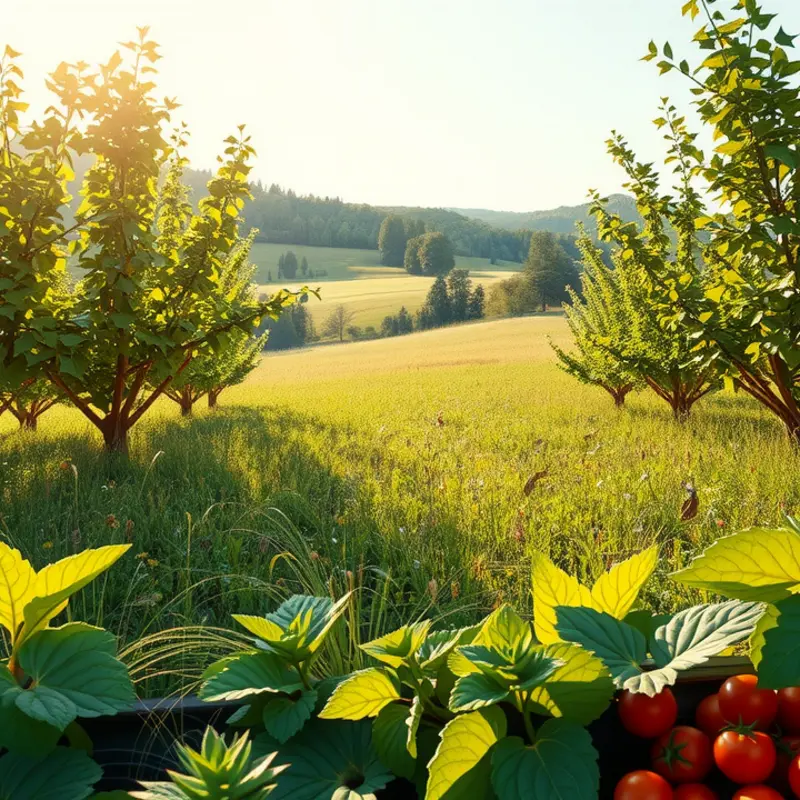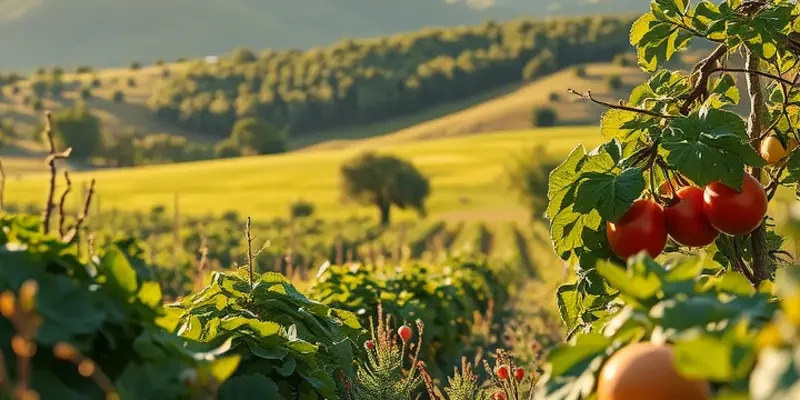Across the globe, spices are more than mere flavor enhancers; they tell stories of history, culture, and identity. Each region showcases its unique spice philosophy, reflecting local practices and traditions. Whether it’s the bold heat of Indian cuisine or the fragrant subtleties of Middle Eastern dishes, the way we approach and appreciate spices varies dramatically around the world. Delve into two distinct chapters that reveal the rich tapestry of spice philosophies shaping global culinary landscapes.
The Essence of Indian Spice: A Symphony of Flavors

In the vast and diverse culinary landscape of India, spices are more than mere ingredients; they are vibrant storytellers that speak of heritage, culture, and tradition. Each region of India imparts its unique spin on the foundational philosophy of spice usage, crafting an array of flavors that burst onto the palate with each bite.
Turmeric, affectionately known as haldi, is a cornerstone of Indian cuisine. Its vibrant yellow hue symbolizes auspiciousness and is often considered a purifying agent. While its color is captivating, turmeric’s mild earthy bitterness and warm pepper-like flavor contribute significantly to the dishes, weaving a complex flavor fabric.
Cumin, or jeera, is celebrated for its pungent aroma that evolves during cooking, lending a rich, nuttier depth that is unmistakable. Roasting cumin seeds before adding them to a dish helps intensify their natural oils, resulting in a fragrant flavor that forms the backbone of various curries and rice dishes.
No conversation about Indian spices is complete without praising the role of coriander. Both the seeds and the fresh leaves (dhaniya) are used widely, each offering distinct flavors. Ground coriander carries a citrusy nuance that, when combined with cumin, forms a synergistic duo that balances the heat and acidity in many recipes.
This balance of flavors is a cardinal principle in Indian cooking. Spices rarely stand alone; they harmonize, creating dishes where no single note overshadows the others. The heat from chilies, the sweetness of cinnamon, the fragrance of cardamom, and the depth from cloves together paint a complex typhoon of flavors that form the signature of Indian cuisine.
Traditional cooking methods further enhance this intricate dance of spices. The technique of tadka or tempering is a quintessential practice wherein whole spices are briefly sautéed in hot oil or ghee to release their hospitality of flavors before being added to the main dish. This method not only enhances flavor but entices with visual and aromatic appeal.
Additionally, the ancient practice of layering spices at different stages of cooking helps retain their freshness and ensures a multidimensional taste profile. For instance, adding some spices at the beginning of cooking allows them to infuse their essence over time, while others are added towards the end to preserve their vibrancy.
By carefully calibrating spices, Indian culinary traditions underscore the concept of taste harmony over overt spice dominance, inviting a full sensory experience in every meal. For those exploring flavor boosters without resorting to more salt, India’s spice palette offers a bountiful and balanced alternative. Learn more about enhancing flavors with minimal salt.
Ultimately, Indian cuisine astounds with its ability to transcend the mundane, transforming meals into a symphonic celebration of flavor. It invites both novice cooks and culinary maestros to explore its depths, promising endless discoveries that honor its timeless traditions.
Middle Eastern Spices: A Journey Through Tradition and Innovation

Middle Eastern cuisine is a tapestry of flavors, deeply woven with history and tradition. Central to this vibrant culinary culture are spices such as za’atar, sumac, and saffron, each holding a story of place and heritage. These spices not only season the dishes but also define the identity of the region’s cuisine, infusing them with distinct aromas and tastes that evoke images of bustling bazaars and sunlit fields.
Za’atar, a blend of dried thyme, sumac, and sesame seeds, occupies a special place in Middle Eastern kitchens. It stands as a testament to the resourceful blending practices that date back centuries. Served with olive oil and bread, it transforms a simple meal into a celebration. This robust spice mix exemplifies how ancient trade routes facilitated spice trade, effectively grounding culinary practices in rich cultural contexts. The history of trade is not just about goods changing hands but also about the exchange of culinary ideas and flavors, as explored in culinary influences from trade.
Sumac, with its tart, lemony flavor, adds brightness to dishes. It’s often sprinkled over salads like fattoush, giving a zesty kick that balances the rich flavors of other ingredients. Sumac’s versatility showcases how a single spice can redefine the character of a dish, emphasizing the principle that advancement in culinary arts comes through understanding the intricate balance of flavors.
Saffron, the prized ingredient often referred to as “red gold,” encapsulates the luxury and opulence associated with Middle Eastern feasts. Its intricate harvesting process and distinct aroma make it a symbol of sophistication. When added to dishes, saffron imparts a rich, golden hue and a subtle floral note that turns mundane recipes into extraordinary culinary experiences. It’s this transformative quality that underscores how certain spices elevate dishes from simple sustenance to artful expressions of culture.
Innovation plays a crucial role in modern Middle Eastern cuisine, building on these traditional foundations. Chefs experiment by combining local spices with global ingredients, crafting new interpretations without losing touch with their roots. This dynamic interplay of tradition and innovation highlights the region’s adaptability and willingness to embrace change while honoring its culinary heritage.
In understanding these spices, one appreciates not only their flavors but also the stories they tell. Each blend, each fragrant waft that rises from a dish, is a reminder of ancient civilizations, trade winds, and cultural intersections. Middle Eastern spices are more than mere ingredients; they are the essence of place and time, inviting us to explore the depths of an ever-evolving culinary tradition.
Final words
The philosophies of spice around the world resonate deeply with the cultural identities and traditions of each region. The way spices are integrated into cooking reflects not only the flavors but also the stories, rituals, and histories of the people. Whether in the fragrant curries of India or the aromatic rice dishes of the Middle East, these spices create a sensory experience that connects us to different cultures. As food enthusiasts, exploring these diverse philosophies can deepen our appreciation for global cuisines and inspire us to incorporate these rich traditions into our own cooking practices.








